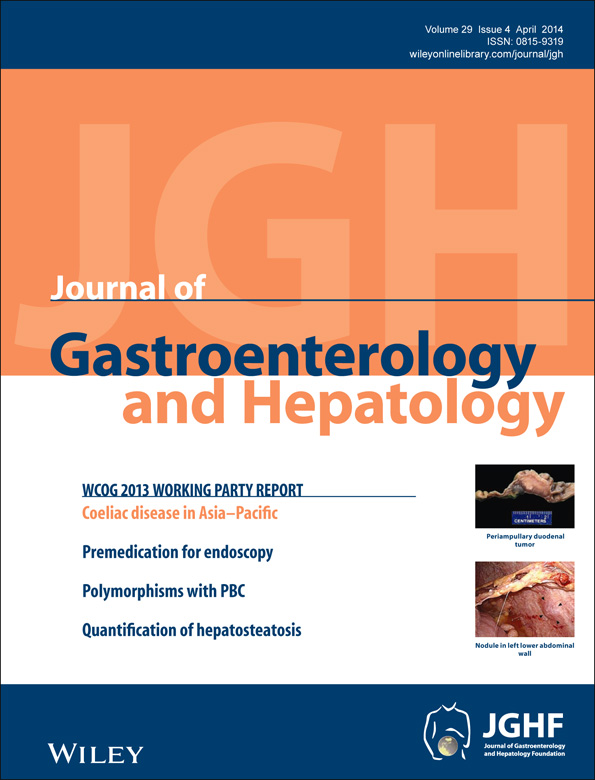Clinical factors associated with accuracy of EUS-FNA for pancreatic or peripancreatic solid mass without on-site cytopathologists
Abstract
Background and Aims
Endoscopic ultrasound-guided fine needle aspiration (EUS-FNA) is a safe and effective technique for tissue diagnosis in patients with pancreatic or peripancreatic solid masses. However, the procedure is difficult to accomplish without an on-site cytopathologist. The aims of this study were to examine the outcomes of EUS-FNA for pancreatic or peripancreatic solid masses without an on-site cytopathologist and to determine the factors associated with diagnostic accuracy.
Methods
From December 2005 to November 2011, 230 patients with pancreatic or peripancreatic solid masses had 240 EUS-FNAs performed without an on-site cytopathologist. The medical records of the 230 patients from a single tertiary center were retrospectively reviewed.
Results
Among the 230 patients who underwent EUS-FNA, 201 patients (88%) had malignancy, which included 171 adenocarcinomas (74%). Assuming that the cytopathological malignancy was positive or suspicious for malignant cells with cytology, the accuracy without an on-site cytopathologist was 67.9%. However, the accuracy increased from 40.0% for the first 30 cases (from 2006 to 2008) to 83.3% for the last 30 cases (in 2011) and was constantly over 80.0% starting from the sixth octile onwards for every 30 cases (in 2011). From the analysis of factors associated with the accuracy of the diagnosis using logistic regression analysis, the number of needle passes and the experience of endosonographer were statistically associated with the diagnostic accuracy.
Conclusions
In the case of performing EUS-FNA for pancreatic or peripancreatic solid masses without an on-site cytopathologist, the experience of the endosonographer, and the number of needle passes were associated with the diagnostic accuracy.




